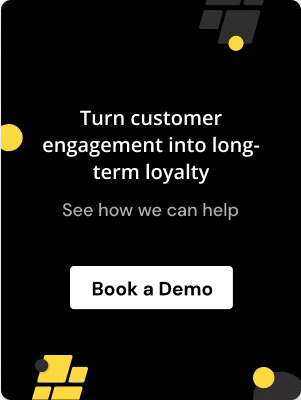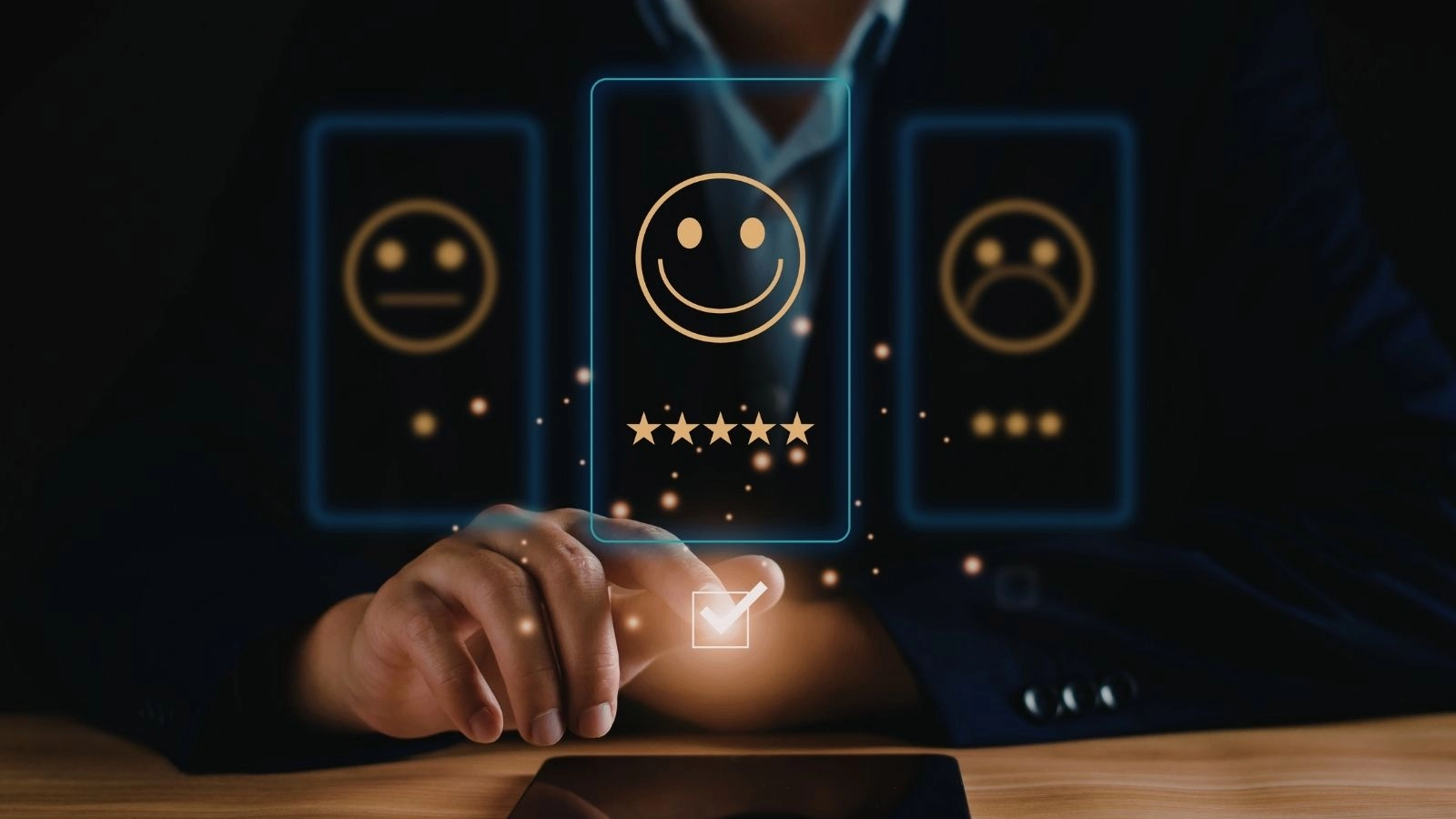.avif)
.avif)
In today's market keeping existing customers is more important than for car dealerships. While many dealerships focus on attracting customers the real key to long term success lies in maximizing the value of customers. One effective approach to promote customer loyalty is by introducing a loyalty program. This detailed guide will delve into the significance of dealer loyalty programs how to put them into practice the advantages they provide and the tactics for crafting a program.
The Impact of Customer Retention on Dealership Revenues

80% of Future Revenues
As per the book "Leading on the Edge of Chaos " 80% of a dealerships revenues stem from just 20% of its current customers. By concentrating on retaining these customers dealerships can ensure a revenue flow.
Cost Efficient
According to Kissmetrics acquiring a customer can be up to seven times more expensive, than retaining an existing one. By investing in customer loyalty efforts dealerships can reduce acquisition costs. Utilize resources effectively.
Helpful in Revenue Increase
Companies that retain a 5% of their customers have been known to double their profits.
Determining the customer lifetime value through CRM data is beneficial, for dealerships to grasp the implications of retaining customers.
The Significance of Customer Satisfaction in Dealer Loyalty Programs
Perception Disparity
A study conducted by Bain & Company highlights that while 80% of businesses believe they offer customer experiences, 8% of customers share this sentiment. Prioritizing customer satisfaction is crucial for fostering loyalty and encouraging repeat patronage.
Purchasing Patterns
The MaritzCX Automotive Dealership Loyalty Study indicates that buyers who are "completely satisfied" are than four times likely to make a return purchase from a dealership compared to those who're very dissatisfied." Delivering customer service plays a role in cultivating customer allegiance.
The Consequences of Subpar Customer Service
As per a Microsoft report 62% of customers have ceased engaging with a brand due to customer service encounters. Investing in training and resources for enhancing customer service can aid dealerships in retaining clientele.
Utilizing the Service Department for Dealership Loyalty Programs

Enhanced Profit Margins
Data from ICDP suggests that selling a car alongside a service package can result in 50% retained margins, throughout the customers lifetime.
Loyalty programs that prioritize the use of the service department have the potential to boost profits.
Enhanced Service Department Visits and Expenditure
According to a study, by the Performance Loyalty Group members of loyalty programs tend to visit a dealerships service department as frequently and spend double the amount compared to non members. This heightened interaction can have an impact on revenue.
Expenditure
The same study reveals that loyalty program members typically spend an average of $662.01 annually in contrast to $336.63 for non members. Dealerships can stimulate spending from customers by providing exclusive rewards and incentives.
Creating Value through Loyalty Programs

Willingness to Pay More
Research indicates that 50% of loyalty program members are willing to pay extra for convenience while 36% of non members share this sentiment. By capitalizing on this willingness loyalty programs can drive revenue through increased customer spending.
Referral Potential
Loyal customers not make purchases themselves but are also more inclined to recommend new customers. Dealerships can leverage their loyalty programs to encourage referrals thereby expanding their customer base through word of mouth promotion.
The Importance of Ongoing Communication
Sustaining Engagement
An alarming 85% of loyalty program members do not receive any communication, from their loyalty programs beyond the day of signing up.
To enhance the effectiveness of loyalty programs car dealerships should use customer data for communication and personalized deals.
Preferred Communication Method
By utilizing customers preferred communication channels, like email or SMS loyalty program messages can reach the audience. Tailoring offers and optimizing messaging over time can boost customer interaction.
Setting Up a Dealer Loyalty Program
Launching a dealer loyalty program requires planning and implementation. Here are the essential steps to kickstart the process:
Define Program Goals
Identify the objectives of your loyalty program whether its retaining customers, increasing sales or gaining referrals.
Select Incentives
Choose the rewards you plan to provide, such as discounts on purchases complimentary maintenance services or exclusive events.
Establish Program Framework
Decide on how your loyalty program will operate – whether its points based, structure or linked to specific purchase levels.
Market the Program
Create promotional materials, like brochures, reward cards and a dedicated webpage to educate customers about your program.
Integrate with CRM and DMS
Ensure that your loyalty initiative seamlessly integrates with your Customer Relationship Management (CRM) system and Dealership Management System (DMS) to monitor customer engagement and reward redemption.
The advantages of loyalty programs, for dealerships

Customer Loyalty
Introducing a loyalty program can greatly enhance customer loyalty ensuring that customers come back for purchases and services.
Better Customer Satisfaction
Loyalty programs demonstrate to customers that their business is appreciated, resulting in higher satisfaction levels and increased loyalty.
Competitive Edge
A well crafted loyalty program distinguishes your dealership from competitors and motivates customers to select your dealership over others.
Customer Insights
Loyalty programs offer customer data helping dealerships gain a deeper understanding of customer preferences, behaviors and buying habits.
Growth Through Referrals
Happy customers are more inclined to recommend your dealership to friends and family expanding your customer base through positive recommendations.
In Summary
Dealer loyalty programs serve as a tool in enhancing customer retention and satisfaction. By focusing on customer happiness utilizing the service department capturing value and maintaining communication dealerships can establish successful loyalty programs. The implementation of programs can result in increased customer allegiance, improved profitability and a competitive position within the industry. By investing in building relationships, with customers dealerships can ensure long term success in a competitive market.
FAQs
Start Building Customer Retention That Lasts






.avif)

